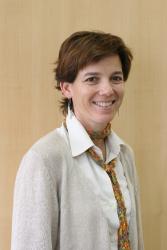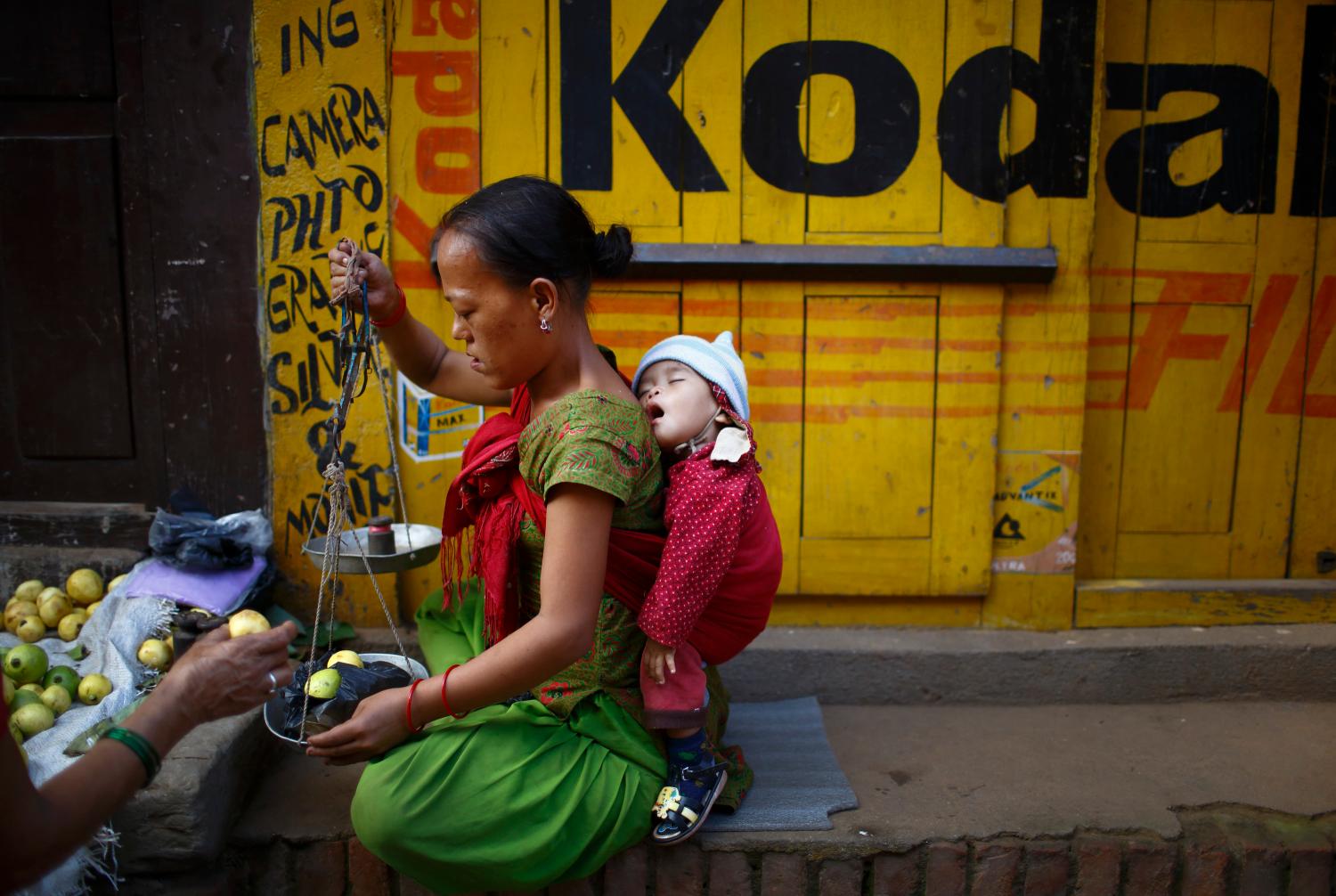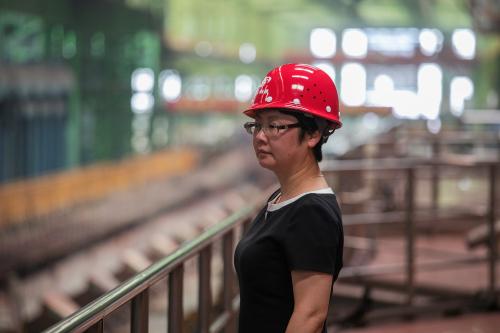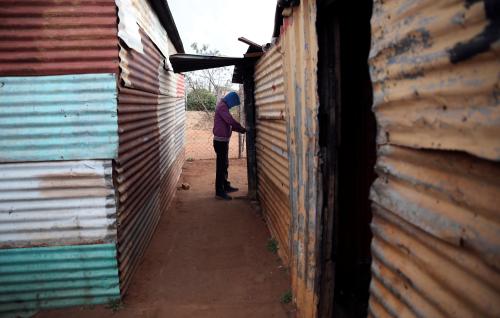Introduction
Around the world, the lives of women and girls have improved dramatically over the past 50 years. Life expectancy has increased, fertility rates have fallen, two-thirds of countries have reached gender parity in primary education, and women now make up over half of all university graduates (UNESCO 2019). Yet despite this progress, some elements of gender inequality remain incredibly sticky, resistant to change. Access to economic opportunities is one such domain. Women opt out of the labor force in many countries due to structural barriers, social norms, and childrearing responsibilities. When women do work, they often choose flexible, part-time jobs to accommodate their unpaid care burden. These positions are typically lower skilled and lower paid. When women work in formal, paid employment, they earn less than male counterparts, even controlling for age, education level, and sector. Female farmers and entrepreneurs tend to be less productive than males due to limited access to land, capital, knowledge, and technology. These gaps in economic opportunities persist across all countries and income levels.
Understanding the unique barriers women face in accessing economic opportunities, and how these gendered barriers interact with larger structural forces, can help strengthen rigorous, evidence-based approaches to poverty reduction and growth promotion. The gender gap in poverty is widest during women’s reproductive years, when there are 122 women for every 100 men living in poor households (Munoz Boudet et al. 2018). Children account for 44 percent of the poor, with girls overrepresented among this group. Efforts to promote women’s economic participation during these years can thus raise the income levels of the poor, leading to tangible impacts on household consumption as well as child health and well-being. Women’s economic empowerment also matters for growth. At the extreme, when women are not permitted to work, a country misses out on half of its productive labor force. But even when barriers are not this severe, women’s reduced labor force participation matters. When women self-select out of the workforce due to care work, social norms, or discrimination, firms lose out on a pool of skilled workers, and instead hire less-skilled men to take their place. This shift results in real losses in productivity. Beyond the impact on immediate growth, women’s economic empowerment matters for future growth. When women bring in additional income, they invest in their children’s health, education, and nutrition, raising the human capital of the next generation.
While most development organizations and increasingly most governments tout the importance of women’s economic empowerment, they often struggle to integrate gender analysis into their diagnostics and prioritization processes. There are several reasons for this challenge. First, due to the systematic and entrenched nature of gendered barriers, it is often difficult to identify the root cause of gender inequalities and even more difficult to estimate the aggregate economic returns that would come from addressing them. Second, the full returns to removing gendered barriers typically materialize over the long term, while short-term effects may be more modest. In a world characterized by short-term development budgeting and planning horizons, this usually works against action toward gender equality. Third, as pointed out by Ianchovichina and Leipziger (2019), within the world of economic development policymaking, those advocating for gender equality and those focusing on economic growth often do not collaborate effectively and tend to move on parallel tracks. Finally, many practitioners mistakenly believe that integrating gender into development strategies equals a focus on women, instead of recognizing that a systematic gender approach is about bringing a gender lens to the analysis of any development issue. Sometimes, applying such a lens will suggest that gender inequality itself is a major constraint to economic development, while at other times, gender may emerge as an important but not first-order priority issue. In this paper, we will try to illustrate this point by integrating a gender lens into one highly used growth diagnostic and prioritization tool, the Hausmann, Rodrik, and Velasco (HRV) growth diagnostic, which is currently used in some form by the Millennium Challenge Corporation (MCC) and United States Agency for International Development (USAID) in their strategic planning.
Tools like the HRV are important because they can help users identify what obstacles are most constraining to economic growth in a specific country context and can thus be used to rank country needs on an empirical basis. Because of their practicality and pragmatism, these tools are useful for government policymakers and development practitioners alike, helping them direct resources toward the challenges that will yield the biggest impact. A big drawback of these tools, however, is that they are not designed to take larger inclusion dynamics into account (typically ignoring gender, ethnicity, or other factors shaping inclusion). Yet these inclusion dynamics are often critical to development, poverty alleviation, and inclusive, pro-poor growth. The tools are also silent on the deeper historical and political forces that shape institutions and policies. Development organizations are well aware of these shortcomings and try to make up for them in the next steps of the program design process—for example, by conducting beneficiary assessments to look at distributional impacts of interventions or by carrying out parallel institutional analysis. But by this point in the process, it is often too late for such findings to impact the identified constraints or sectors for intervention. Furthermore, such segmented analysis makes it difficult to capture the interactions between inclusion and power dynamics, which in turn shape institutions and policies.
We submit that these larger inclusion dynamics are important to include within growth constraints diagnostics, and indeed at times may even change the identified constraints to growth in an economy. We attempt to engender the HRV to see if the tool is flexible enough to take some of these broader inclusion concerns into account, using gender as a starting point, while still helping policymakers prioritize among a suite of needed reforms. We then apply our new framework to a test-case country, Malawi, to see how the tool works in practice. We conclude by drawing out some larger lessons learned about how gender can be better integrated into growth diagnostics and country-level prioritization moving forward.








